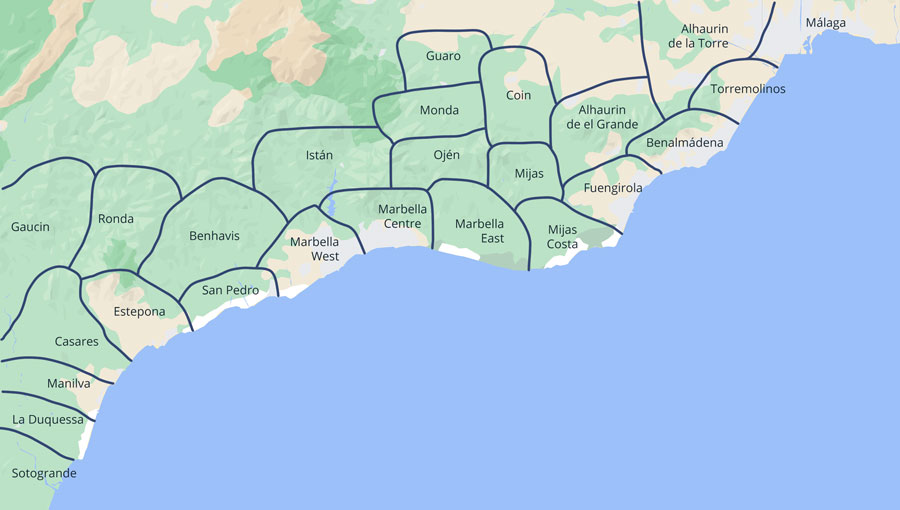The Mystery of Orange Sand Storms on the Costa del Sol

The Costa del Sol, known for its stunning beaches, picturesque towns, and abundant sunshine, occasionally experiences an intriguing natural phenomenon - orange sand storms. These storms, which cast an otherworldly orange hue across the sky and cover everything in a fine layer of reddish dust, have puzzled both locals and visitors alike. But what causes these unusual sand storms on this sunny stretch of Spain’s southern coast?
The Source: Saharan Dust
The answer lies far beyond the Costa del Sol, in the vast expanses of the Sahara Desert in North Africa. The Sahara, the largest hot desert in the world, is an immense source of dust and sand. Each year, strong winds sweep across the desert’s arid landscape, picking up millions of tons of fine sand and dust particles and carrying them across the Mediterranean Sea.
These winds, known as the *Sirocco* or *Calima* in Spain, are a seasonal phenomenon. They typically occur in late winter or early spring when high-pressure systems over the Mediterranean interact with low-pressure systems over the Sahara. This interaction generates powerful winds that lift sand and dust high into the atmosphere, where they are transported over long distances.
The Journey Across the Mediterranean
Once airborne, the Saharan dust embarks on a journey across the Mediterranean Sea, driven by prevailing winds. This journey can take anywhere from a few hours to a few days, depending on the weather patterns. As the dust-laden air mass approaches southern Europe, it often encounters cooler, more humid conditions, which cause the dust to descend.
When these dusty air masses reach the Costa del Sol, they create the distinctive orange sand storms. The fine particles in the dust scatter sunlight, giving the sky a reddish or orange tint. The intensity of the orange colour can vary, depending on the concentration of dust in the air and the time of day.
Impact on the Costa del Sol
These orange sand storms are more than just a visual spectacle; they have a noticeable impact on the region. The fine dust settles on buildings, cars, and outdoor surfaces, leaving a thin layer of reddish-brown powder.
In addition to the dust, the storms often bring a sudden increase in temperature and a drop in humidity. The air becomes dry and hot, but . fortunately, these conditions are usually short-lived, lasting only a day or two before the dust disperses, and the weather returns to normal.
Environmental and Agricultural Effects
The impact of these orange sand storms extends beyond the immediate inconvenience and spectacular skies. The Saharan dust is rich in minerals, particularly iron, which can have positive effects on the environment. When the dust settles on the soil, it can act as a natural fertiliser, enriching the land with nutrients that benefit plant growth.
A Natural Phenomenon with a Global Reach
While the orange sand storms on the Costa del Sol may seem like a local oddity, they are part of a larger global phenomenon. Saharan dust storms play a crucial role in the Earth’s climate system, influencing weather patterns, oceanic nutrient cycles, and even the health of ecosystems far from their source.
For the Costa del Sol, these storms are a reminder of the powerful natural forces that connect distant regions of the world. They are a dramatic, sometimes inconvenient, but ultimately fascinating aspect of life in this beautiful part of Spain.






 We are proud to announce that The Spanish Estate Agent has been awarded Best Luxury Boutique Real Estate Broker 2025. This prestigious recognition reflects our unwavering commitment to excellence, personalized service, and exceptional results in the luxury property market.
We are proud to announce that The Spanish Estate Agent has been awarded Best Luxury Boutique Real Estate Broker 2025. This prestigious recognition reflects our unwavering commitment to excellence, personalized service, and exceptional results in the luxury property market.